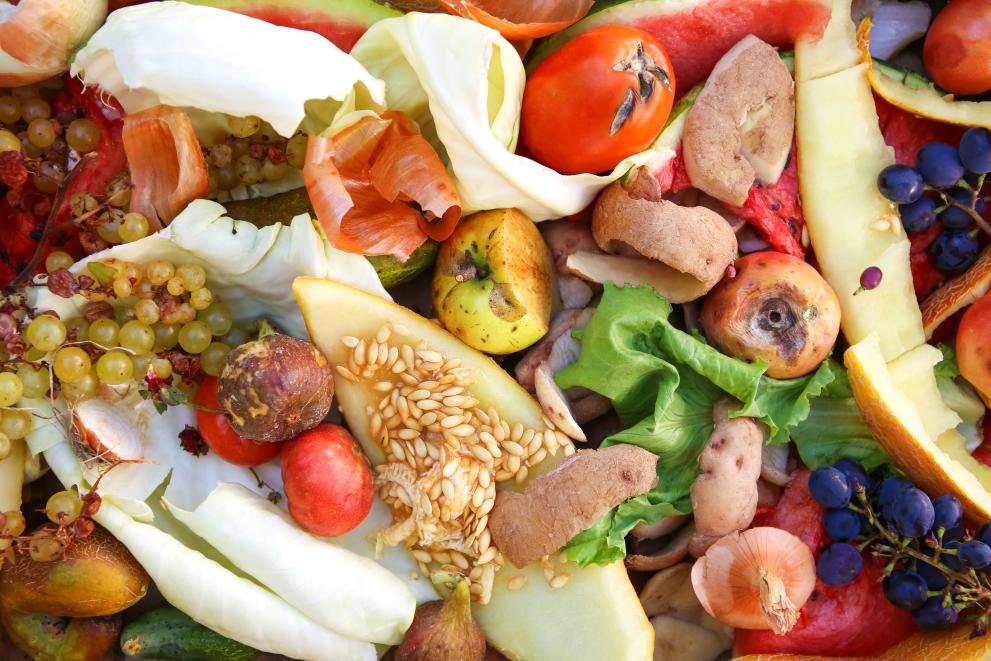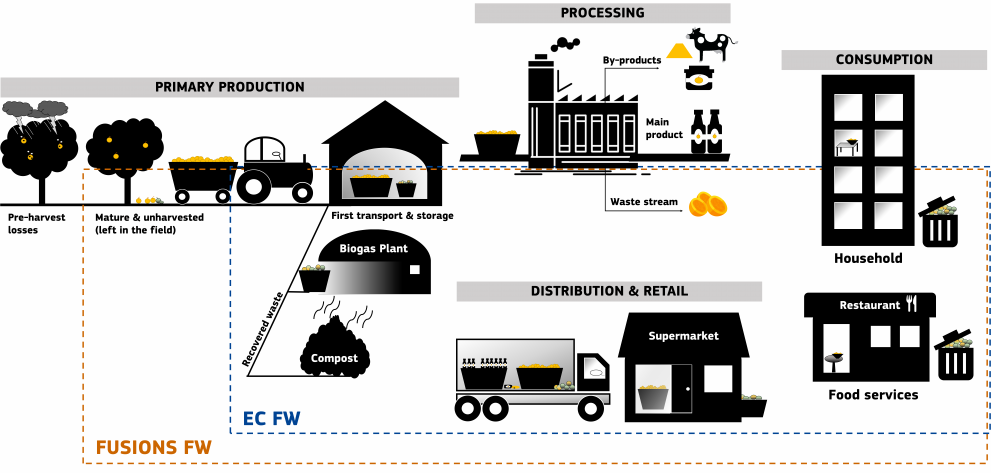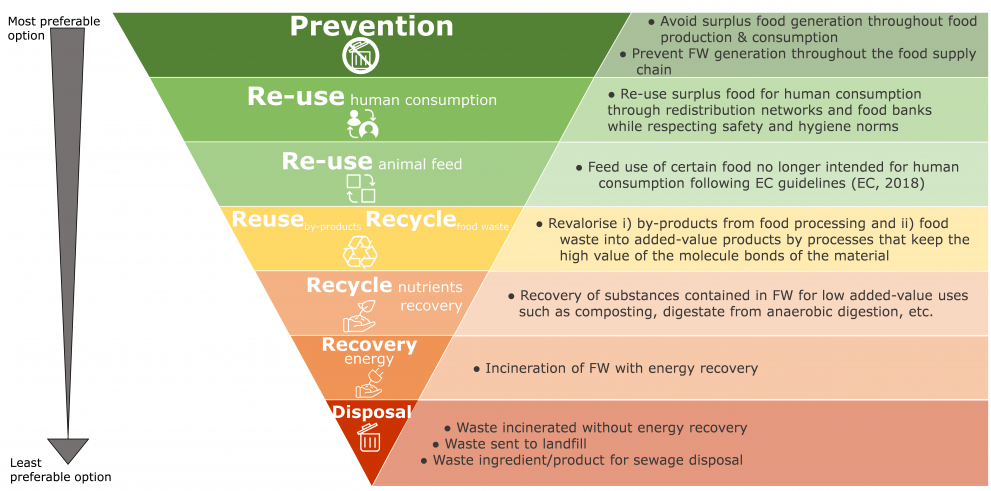
A new brief prepared by the JRC for the European Commission’s Knowledge Centre for Bioeconomy (KCB) dives into recent research to assess how much food is wasted throughout the food supply chain, and to inform strategies to reduce and valorise (give added value to) the food waste generated in the EU.
The European Commission is committed to halving per capita food waste (SDG Target 12.3) and to proposing legally binding targets to reduce food waste throughout the EU.
This KCB brief looks into the amount of food that is wasted in the EU, analysing the share of the different food groups and contributions of specific stages in the food supply chain. It reviews the current solutions for transforming food waste into added-value biobased products. Finally, it highlights the key elements needed to guide the design, implementation and assessment of actions that aim to tackle food waste.
What is food waste and how is generated?
Apples prematurely damaged during a hailstorm, unharvested apples left in the field, leftover apple peels: are they all considered to be food waste? What criteria should we use to define what is, or is not, food waste?
In general terms, food waste can be defined as the food and inedible parts of food that are removed from the various stages of the food supply chain to be disposed of or used for nutrient recovery or energy production.
However, there is no one single definition. Current assessments are based on different definitions of food waste, which makes it difficult to develop a robust quantification of food waste to inform policy.
This brief reviews some of the definitions currently used and highlights the importance of a harmonised approach.

How much food do we waste in the EU?
It is estimated that 129 million tonnes of food waste were generated in the EU in 2011, which represents 20% of the food produced. Fruit and vegetables are the food groups that contribute most to food waste: 24% and 22% of the total amount, respectively.

Most food waste is generated in the consumption stage (46%), both in domestic households and the food service industry. The production and processing of food generate similar quantities of food waste (25% and 24%, respectively).
Couldn’t we turn food waste into valuable products?
Indeed many options exist to valorise food waste prior to its disposal, such as composting and producing bioenergy (e.g. biogas).
Extensive research is being conducted to turn food waste into added-value products that can then be used in many sectors, such as agriculture (bio-based fertilisers and pesticides), pharmaceuticals and cosmetics (dietetic sugars), biomaterials (bioplastics), textiles (leather from fish skin), and many more.
Such valorisation has greater potential during the food processing phase, where the food waste streams are available in larger, more concentrated and more homogeneous quantities.
However, the brief underlines the need for more comprehensive and comparable analyses of the techno-economic feasibility and the environmental impacts of potential valorisation alternatives.
What can be done to tackle food waste?
The brief suggests a hierarchy of strategies to tackle food waste, from prevention, to reuse, recycling and recovery and, as the least preferable option, disposal.

Strategies and actions to fight food waste should go hand in hand with an evaluation framework for the design, implementation and monitoring of their performance.
Other JRC tools, such as the food waste prevention calculator, have been developed to support the definition and assessment of properly informed interventions.
Tackling food waste is key to sustainability. This new brief of the Knowledge Centre for Bioeconomy provides valuable support to act accordingly, wasting no time!
Further information
Related Content
Details
- Publication date
- 24 August 2020
